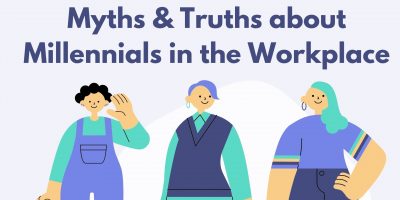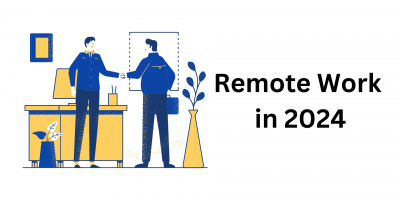
2025 is About The Great Detachment
In 2025, employee detachment is quietly draining workplace energy. Explore how leaders can step in to re-engage their teams, reignite motivation, and rebuild a sense of purpose.

These background check statistics show that employers frequently request background checks on job prospects for employment screening. This is common practice with roles that require high security or trust.
The incentive of background checks is to protect the safety and security of the organization’s workers. Here are some background check statistics that show the trends in this field:
| Characteristic | 18-34 years old | 35-44 years old | 45-54 years old | Over 55 years old | Total |
|---|---|---|---|---|---|
| 1 week to less than 10 days | 37% | 43% | 42% | 41% | 41% |
| 10 days to less than 2 weeks | 23% | 25% | 19% | 21% | 22% |
| 2 weeks or more | 21% | 23% | 19% | 17% | 20% |

These background check statistics show a rising trend; because remote work is now more attainable than ever, some employers and recruiters are placing even greater emphasis on completing background checks and following up with employees’ references. By doing so, they are making sure that they can stay on top of the company’s safety.
*We’re using an archived version of the page as the source.
Browse our curated list of vendors to find the best solution for your needs.
Subscribe to our newsletter for the latest trends, expert tips, and workplace insights!

In 2025, employee detachment is quietly draining workplace energy. Explore how leaders can step in to re-engage their teams, reignite motivation, and rebuild a sense of purpose.

Understand the complexities of the millennial workforce to foster better collaboration and leadership in the modern workplace.

In the aftermath of the pandemic, the perception and role of remote work keep changing. To understand what lies ahead, let’s look at the biggest remote work trends for 2024.

What does the latest labor narrative mean for HR teams and employers?
Used by most of the top employee benefits consultants in the US, Shortlister is where you can find, research and select HR and benefits vendors for your clients.
Shortlister helps you reach your ideal prospects. Claim your free account to control your message and receive employer, consultant and health plan leads.